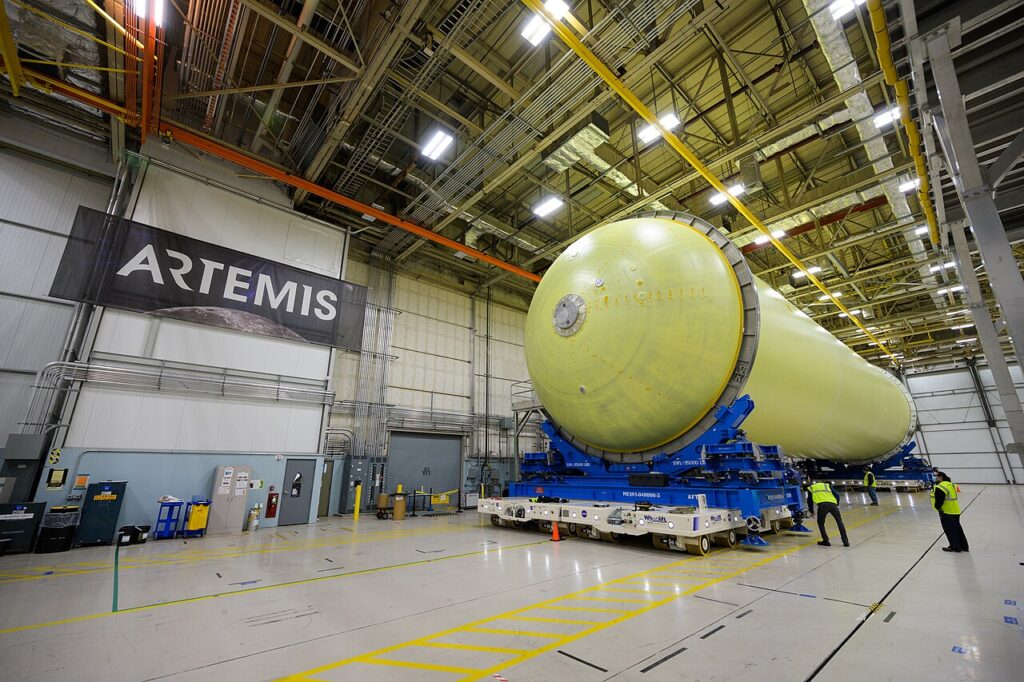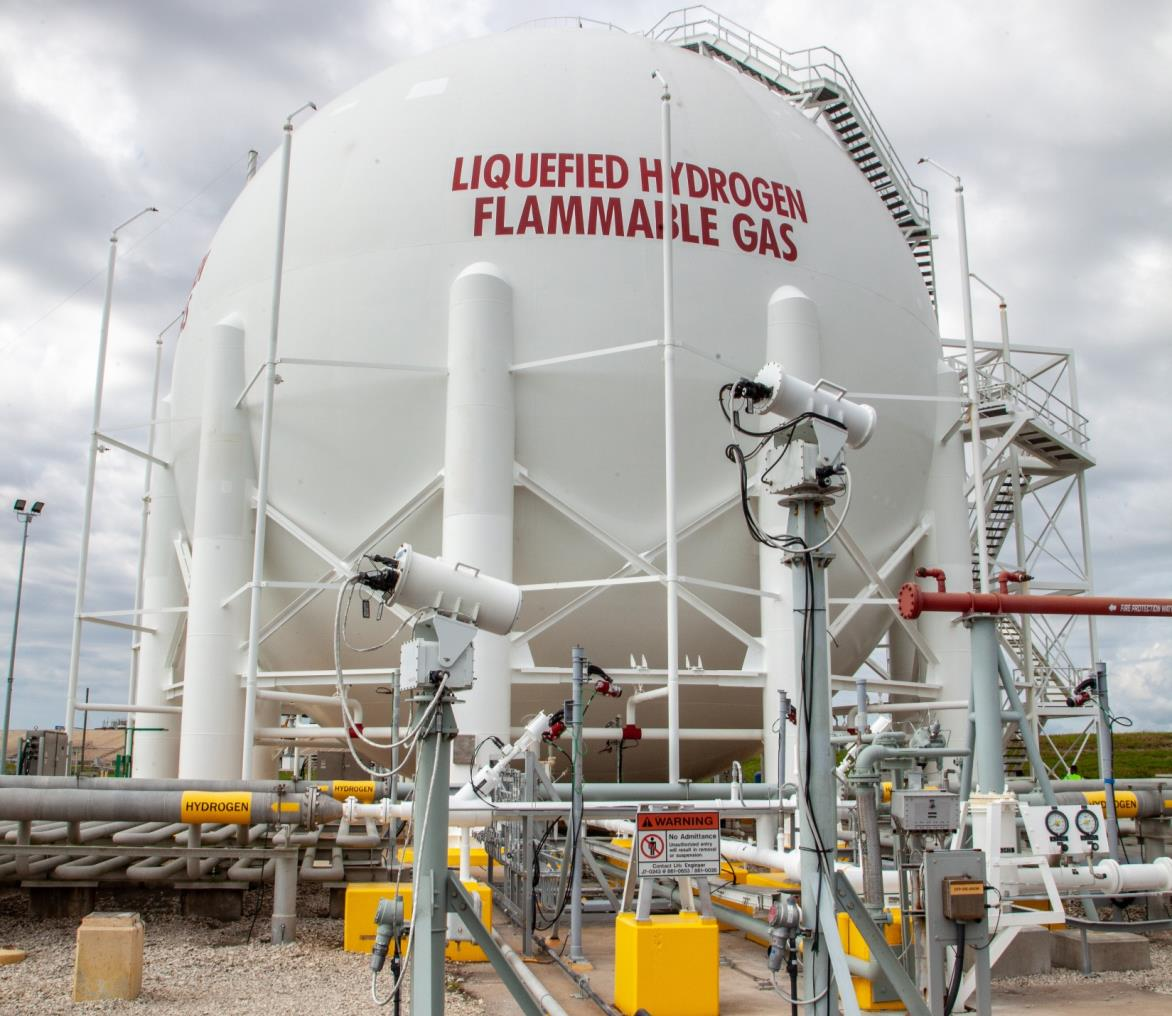Will Hydrogen Fuel Be The Future Of Space-bound Rockets?

H2 has been used in rocket fuel and in fuel cells since the earliest days of aerospace
As we read about hydrogen fuel cars, planes, ships, and even whole industries, it’s easy to think that H2 is a recent development that has arrived along with the need for clean energy to combat the climate crisis.
Decarbonization has accelerated H2 tech, but didn’t create it
While hydrogen fuel didn’t really start making headlines until it was considered as an emission-free way to power vehicles and industry, the truth is that it has been around for many decades and has been a part of space programs since their early days.
What’s more, it looks as though H2 will be continuing to play a role in aerospace right into the future, since it’s readily available, there are ways to make it very efficiently, and it is relatively easy to transport. Furthermore, unlike batteries, it provides rapid refueling. When it’s used in a fuel call, its only emission is water vapor.
Hydrogen fuel is powerful enough for rockets
For all those great reasons, liquid hydrogen has long been a part of powering rockets to send equipment – and people – into space. In more recent models for spacecraft, H2 is used not only as a combustion fuel but also in fuel cells for electricity production.

Liquid Hydrogen Tank at NASA’s Kennedy Space Center
Liquid H2 (sometimes known as LH2) is often seen as an ideal option for powering the secondary/upper rocket stages following the liftoff (which is typically powered by solid rocket fuels for additional thrust). LH2 was even a part of the Apollo program that sent astronauts to the moon. It was used to power the secondary stage engines in the Saturn rockets, and NASA space shuttles also used it as the power source for their own three primary rocket engines.
Low on weight, high in power
 In addition to all the benefits to using hydrogen fuel that have already been mentioned, one of its most appealing features is that it is exceptionally lightweight. In fact, it is the lightest element in the universe. This characteristic is highly appealing when used in rockets headed to space because engineers are always trying to overcome huge challenges regarding energy density with substantial mass limitations.
In addition to all the benefits to using hydrogen fuel that have already been mentioned, one of its most appealing features is that it is exceptionally lightweight. In fact, it is the lightest element in the universe. This characteristic is highly appealing when used in rockets headed to space because engineers are always trying to overcome huge challenges regarding energy density with substantial mass limitations.
Every kilogram sent into space comes with a considerable cost – both in terms of monetary expense and in the performance of the vehicle. As a result, keeping fuels powerful and yet as light as possible is a key goal.
As aerospace and H2 technology can only develop, they can only improve the way they are suited to each other.




